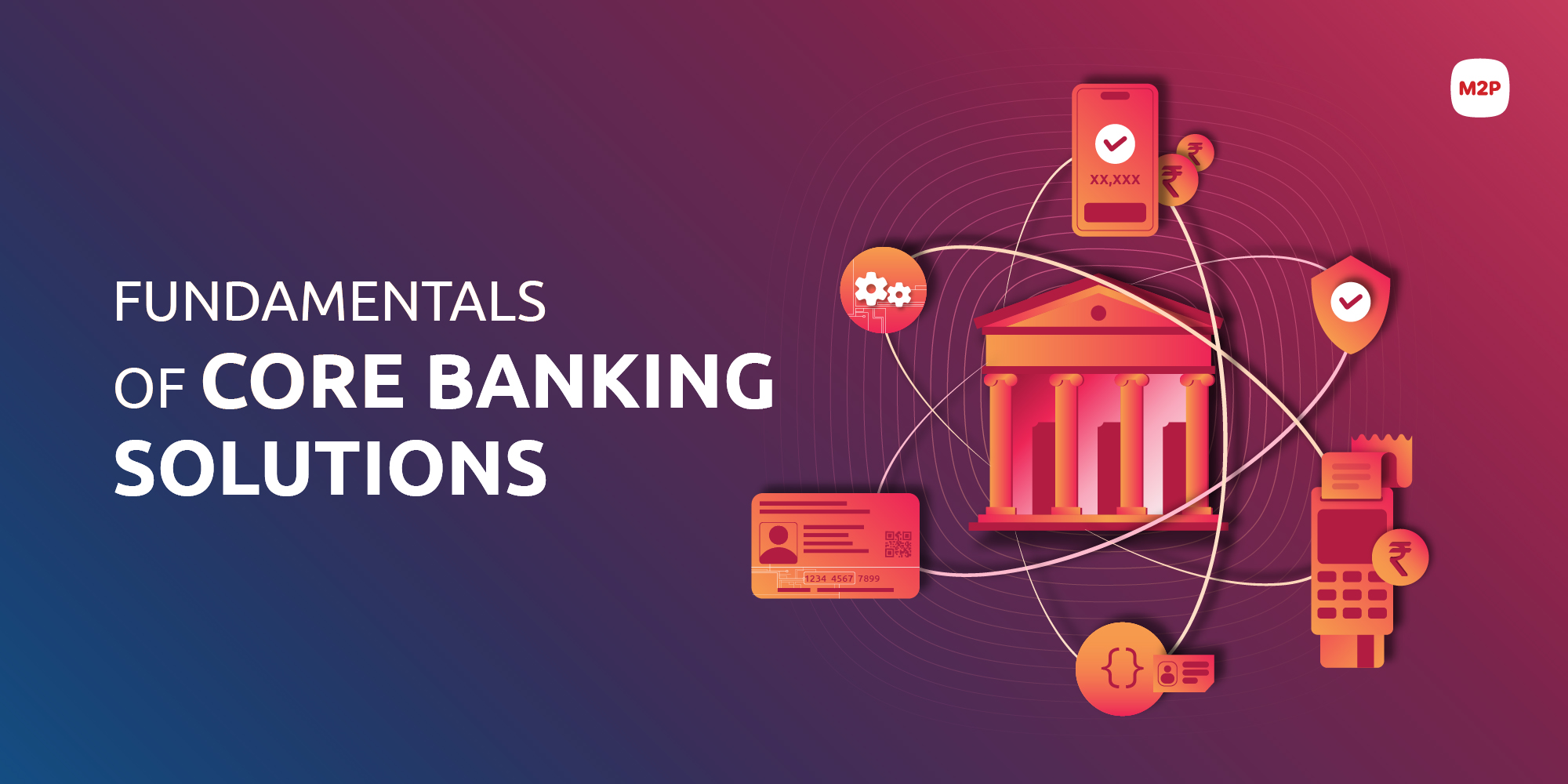Introduction to Digital Transformation
IT digital transformation is more than just a buzzword—it is a strategic imperative reshaping how businesses operate in the modern era. At its core, digital transformation is the integration of digital technologies into all areas of a business, fundamentally changing how companies deliver value to their customers and achieve their goals.
This shift is not solely technological; it’s a cultural transformation that challenges organizations to rethink traditional business models, embrace innovation, and adapt to rapid changes in customer behavior and the market. For many companies, digital transformation means breaking down silos, enhancing agility, and fostering a mindset of continuous improvement.
Importance of Digital Transformation
Digital transformation is now a business imperative. Organizations that fail to adapt risk losing relevance in today’s digital age. Embracing digital transformation initiatives enables businesses to:
- Address customer demands and exceed customer expectations
- Achieve business goals such as increased revenue growth
- Enhance customer experience and engagement
- Identify innovative digital solutions and digital processes
- Maintain a competitive advantage
Moreover, with mobile devices and digital channels dominating consumer interaction, companies must evolve to stay aligned with how customers expect to interact with brands.
Developing a Digital Transformation Strategy
A successful digital transformation strategy begins with a clear vision and commitment from business leaders. Key steps include:
- Evaluating existing processes and internal operations
- Aligning transformation efforts with broader business strategy
- Establishing key performance indicators (KPIs) to track progress
- Implementing change management to support cultural shifts
IT leaders must ensure that technology investments are strategic and tied to measurable business outcomes.
Impact on Business Processes
Adopting digital transformation significantly enhances business processes, offering opportunities to:
- Automate routine tasks
- Improve supply chain logistics
- Enhance decision-making with data analytics
- Increase transparency in internal systems
By digitizing workflows, companies can improve speed, reduce costs, and optimize business operations for better performance.
Customer Expectations
Modern customer expectations are centered around immediacy, personalization, and convenience. With the rise of mobile apps, social media, and e-commerce, digital transformation empowers businesses to:
- Deliver seamless omnichannel experiences
- Personalize interactions using data analytics
- Build stronger customer relationships
In essence, digital transformation requires a customer-first mindset supported by digital tools and emerging technologies.
Digital Innovation
Innovation fuels the future of digital transformation. By embracing digital innovation, organizations can:
- Integrate artificial intelligence and machine learning
- Experiment with blockchain and IoT
- Drive continuous improvement and product development
Digital transformation leaders and digital product managers must foster a culture that empowers employees and supports calculated risk-taking to sustain growth.
Customer Experience
Delivering a superior customer experience is at the heart of digital transformation initiatives. From onboarding to service delivery, digital tools enable companies to:
- Offer tailored, real-time solutions
- Streamline service requests
- Strengthen brand loyalty through proactive engagement
To succeed, companies must make customer experience the focal point of their transformation journey.
Stages of Digital Transformation
The digital transformation journey generally unfolds across several stages:
- Assessment of current capabilities
- Development of a comprehensive digital transformation strategy
- Implementation with aligned technology investments
- Monitoring and refining with actionable insights
This iterative process demands ongoing alignment with business value and evolving market conditions.
Measuring Success
Measuring the effectiveness of digital transformation efforts is essential. Companies should track:
- Financial KPIs: revenue growth, ROI, cost savings
- Non-financial KPIs: employee satisfaction, customer engagement
- Operational KPIs: uptime, error reduction, time-to-market
A data-driven approach ensures that transformations deliver tangible business outcomes.
Overcoming Challenges
The path to successful transformation is not without obstacles. Common challenges include:
- Resistance to change and outdated company culture
- Skills gaps in software development and analytics
- Dependence on legacy systems and legacy technology
To overcome these, organizations need robust change management strategies and support from digital transformation experts and it leaders.
Best Practices
Some best practices for successful digital transformation include:
- Cultivating a business culture that embraces change
- Investing in the right digital technologies
- Hiring skilled digital product managers and developers
- Encouraging collaboration and agile workflows
- Prioritizing customer experience and customer engagement
According to Harvard Business Review, organizations that embed digital into their DNA are more likely to succeed in the digital era.
Case Studies
1. Amazon
Amazon is a top example of digital transformation. It redefined retail by using artificial intelligence, digital data, and digital innovation to personalize experiences and streamline logistics.
2. Netflix
Netflix transformed from a DVD rental service into a global streaming platform. Its use of machine learning for recommendations is a standout among transformation initiatives.
3. General Electric (GE)
GE’s push toward industrial IoT and predictive maintenance using digital technologies showcases how legacy industries can adapt and thrive.
4. Kodak
On the contrary, Kodak serves as a cautionary tale of failed transformation. It neglected to evolve its business models, leading to a sharp decline despite inventing digital photography.
Role of IT in Digital Transformation
IT transformation is a foundational component of digital transformation. While IT focuses on upgrading technology and infrastructure, digital transformation encompasses cultural change, business models, and customer engagement. Together, they:
- Enable technology adoption
- Facilitate secure digital initiatives
- Empower the entire organization to innovate
4 Main Areas of Digital Transformation
- Process Transformation – Streamlining operations
- Business Model Transformation – Rethinking value creation
- Domain Transformation – Exploring new markets
- Cultural/Organizational Transformation – Shifting mindsets and behavior
What’s the Difference?
IT transformation focuses on infrastructure and internal systems, while digital transformation is broader—impacting strategy, experience, and operations.
1. Exploring the Latest Digital Transformation Trends in 2025
The landscape of business is constantly evolving, and staying informed about the latest digital transformation trends is critical for organizations seeking to gain a competitive advantage. In 2025, trends like hyperautomation, augmented analytics, and digital twins are shaping the future of enterprise operations. Companies leveraging these innovations can streamline business processes, improve efficiency, and respond more effectively to shifting customer expectations. As digital transformation efforts mature, aligning with emerging trends becomes vital for maintaining relevance in the digital era.
2. Why Digital Leaders Are Driving the Future of Innovation
Digital leaders play a pivotal role in ensuring the success of any digital transformation journey. These forward-thinking individuals—whether CIOs, CTOs, or digital product managers—are responsible for setting a clear vision, promoting a culture of agility, and guiding teams through transformation initiatives. By championing technology adoption, digital leaders help organizations move beyond outdated practices and towards more innovative, data-driven solutions that drive meaningful business outcomes.
3. The Influence of New Technologies on Customer Experience
New technologies like artificial intelligence, machine learning, and blockchain are redefining how businesses interact with customers. These tools empower organizations to deliver hyper-personalized experiences, improve service requests, and enhance overall customer satisfaction. Companies that embrace these digital technologies not only optimize customer engagement but also build long-term customer relationships, further establishing their presence in an increasingly competitive market.
4. How Business Transformation Supports Long-Term Growth
True business transformation goes beyond adopting technology—it reimagines how business models operate, how teams collaborate, and how organizations serve their customers. Successful business transformation integrates digital transformation strategy, change leadership, and process reengineering to align digital capabilities with core business goals. When executed correctly, it unlocks new revenue streams, fosters innovation, and drives sustainable revenue growth.
5. How to Leverage Technology for Competitive Advantage
To leverage technology effectively, organizations must go beyond tool adoption and integrate solutions into their strategic framework. Whether through cloud computing, advanced analytics, or AI-powered chatbots, using technology intelligently can optimize internal systems, reduce operational costs, and create scalable digital solutions. A key aspect of this strategy is enabling it leaders and cross-functional teams to collaborate and maximize value from every tech investment.
6. Digital Transformation Trends Shaping the Future of Work
Among the most impactful digital transformation trends today is the rise of hybrid and remote work. Powered by cloud platforms and collaborative software, businesses are rethinking how they manage talent and measure productivity. These trends also call for a redefinition of workplace culture, placing emphasis on digital dexterity, empowering employees, and enhancing internal operations through seamless digital tools.
7. The Rise of Digital Leaders in Modern Enterprises
Modern organizations are elevating digital leaders to key strategic roles. These individuals don’t just implement IT solutions—they envision how digital capabilities can transform business operations. By collaborating with stakeholders across marketing, HR, and product development, digital leaders ensure that digital transformation initiatives align with overall business strategy, unlocking new possibilities for innovation and efficiency.
8. New Technologies and Their Role in Business Agility
Agility is the cornerstone of modern enterprise success, and new technologies are at the heart of achieving it. From low-code development platforms to robotic process automation (RPA), these tools accelerate time-to-market, support real-time data processing, and enhance adaptability. Businesses adopting these innovations can pivot faster, respond to market changes dynamically, and gain a stronger foothold in competitive industries.
9. Implementing Business Transformation in Legacy Organizations
Legacy organizations often struggle with business transformation due to outdated infrastructures and resistance to change. However, by embracing digital transformation efforts, investing in talent development, and fostering a culture of innovation, even traditional enterprises can modernize. Success lies in clearly defining transformation goals, modernizing legacy technology, and empowering digital transformation leaders to guide the process.
10. Leverage Technology to Optimize Customer Journeys
Understanding and optimizing the customer journey has never been more important, and the ability to leverage technology makes this process seamless. AI-driven analytics, mobile apps, and real-time engagement platforms allow businesses to track behavior, personalize touchpoints, and respond instantly to customer needs. This not only elevates the customer experience but also increases customer loyalty and drives business value across the lifecycle.
Conclusion
In today’s fast-paced digital age, digital transformation is not optional—it’s essential. Companies that embrace it with a clear digital transformation strategy, bold leadership, and a willingness to innovate will drive business value, meet evolving customer expectations, and remain competitive for years to come.










